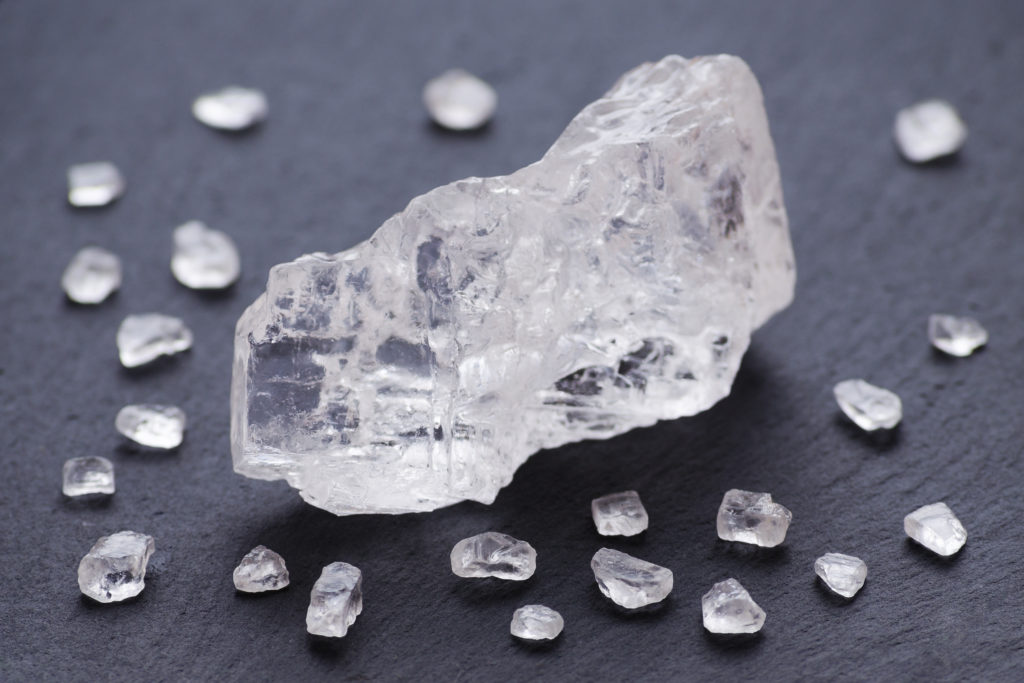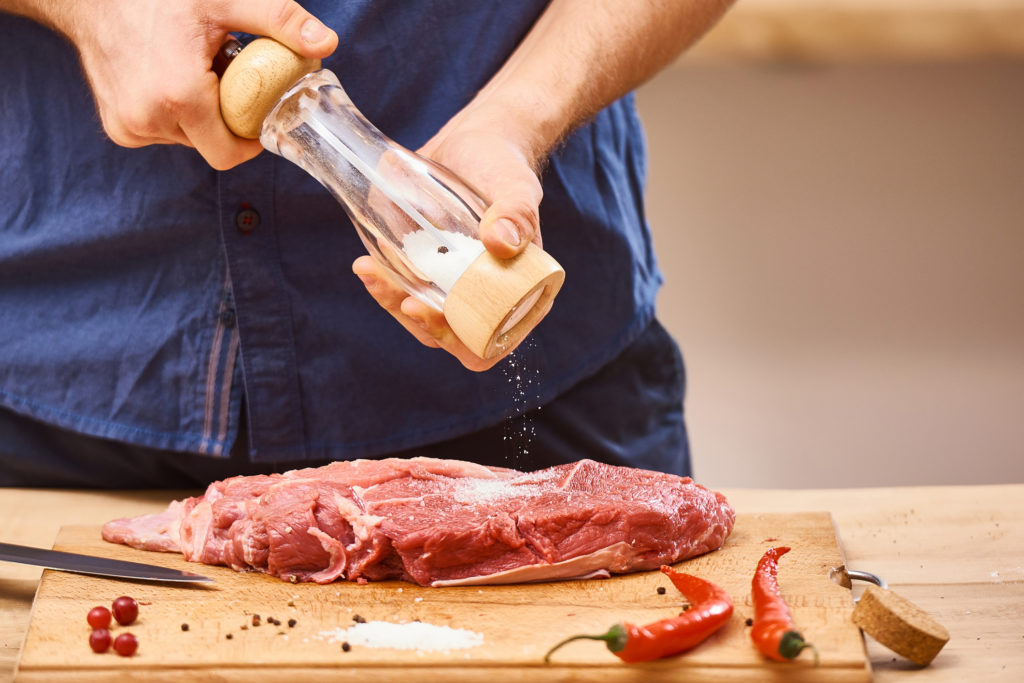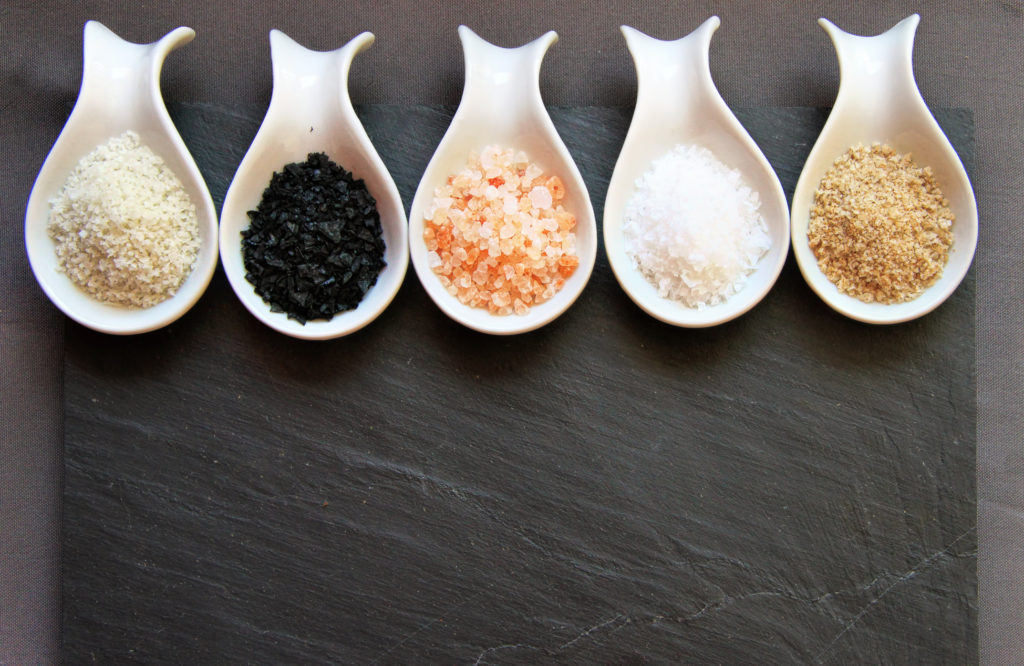Ah salt. It’s the magical seasoning that brings out flavors and spices in food and makes it palatable. We were talking about this around the office, and realized we didn’t know much about how salt does what it does.
To fix all that, Rico sat down with Eric Schulze, a science writer and Senior Scientist at Memphis Meats in the Bay Area. They’re developing cruelty-free meat grown in a lab.
During our chat, Eric taught us everything from salt basics to the science of “dry brining” your next steak.
Interview highlights:
How did we discover salt in the first place?

Eric Schulze: We probably were tasting our own sweat and realized it was salty, and then we probably ate meat — we’d been eating meat on this planet for about a million years — and some of it probably tasted salty. And you could watch a deer go lick a rock in the ground, and you could put two and two together that maybe that was contributing to the saltiness. And all it took was someone to lean down and lick that rock.
Eric thinks we should be using MORE salt in the kitchen
Eric Schulze: Well, from a health perspective, yes, too much salt can be very bad for you. But if we’re just talking about flavor and taste, most people are under seasoning their food and could definitely use way more salt than they currently are.
Why we should be “dry brining” our steaks

Eric Schulze: So you should do what’s called dry brining or it’s effectively just liberally salting both sides of you steak, for example, and then allowing that salt to effectively soak into the meat. In general, I say if you’re using kosher salt, you should just see specks of pink shining through the salt.
What you want to do is liberally salt the whole thing, and then shake off almost all of it. And then what’s left is stuck to it. And it shouldn’t be wet, by the way. It should be starting to soak in and then that’s when the magic starts happening.
The molecular “magic” that happens when you use salt for dry brining
Eric Schulze: By that magic I mean science and what’s real cool stuff’s happening at the molecular level. The sodium and the chloride separate. And the sodium ions go to work. Chloride plays almost no role in this process.
The sodium is very small and so basically it can go anywhere it wants. But what happens is muscle is insoluble. It cannot dissolve in water. That sounds really weird, but if muscle could dissolve in water, we would just be like a big bag of protein mush.
So, we have to dissolve that muscle. The way we dissolve muscle is with salt. The sodium get in there, and it starts a whole process of dissolving the muscle into its component proteins. Those muscle proteins then play with all the fats, release wonderful flavors and aromas and things that we call “delicious meat” when cooked.
Rico Gagliano: So the salt makes it possible for the proteins to mix with the fat. That’s where the flavor’s coming from?
Eric Schulze: You’re exactly right. The salt unlocks the ability for the muscles and the fats to get together and make sweet, sweet molecular love to the fat.
What if I wanted to cook chicken instead?
Eric Schulze: Same process, in fact chicken [is] even easier because their muscle fibers are smaller and a little but more soluble. And also, the concern of pathogenic bacteria like you’re having raw meat set out with salt on it, actually will probably prevent most of the bacteria from growing on it. The salt would inhibit that.
The problem with “fancy salts”

Eric Schulze: If you like the taste of metal, by all means use fancy salts. What gives them their color is the same thing that gives a diamond it’s yellow hue or brown or whatever. It’s the impurities that are trapped inside of the salt itself. Usually metals or minerals found in those areas.
Some people like that, but in terms of its characteristic chemical, it’s just sodium chloride. There’s no difference, so you might as well just use a really good, high quality kosher salt… You’re paying for the impurities that got trapped inside the salts. It’s great marketing.
[This interview has been edited and condensed.]


